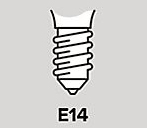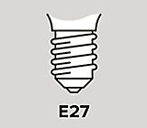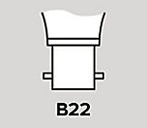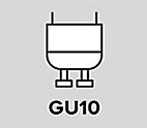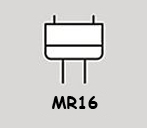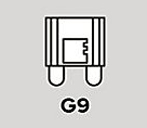
Open today 08:30-18:00
Call us now 01204 558 176
- Next Day Delivery Order before 4pm
- Order by Phone Call us now 01204 558 176
- Need expert help? Click to contact us
- Newsletter Signup Click to stay up to date
- Buy with confidence Established in 1962

The light bulb market has changed recently, with the traditional incandescent bulbs being removed from the market and being replaced by energy-saving bulbs.
Choosing the right light bulb with the right fitting is sometimes harder than it should be. There are so many different types of fittings to choose from,
Image below shows some of the most common fittings.
Below is a comparison between light bulbs:
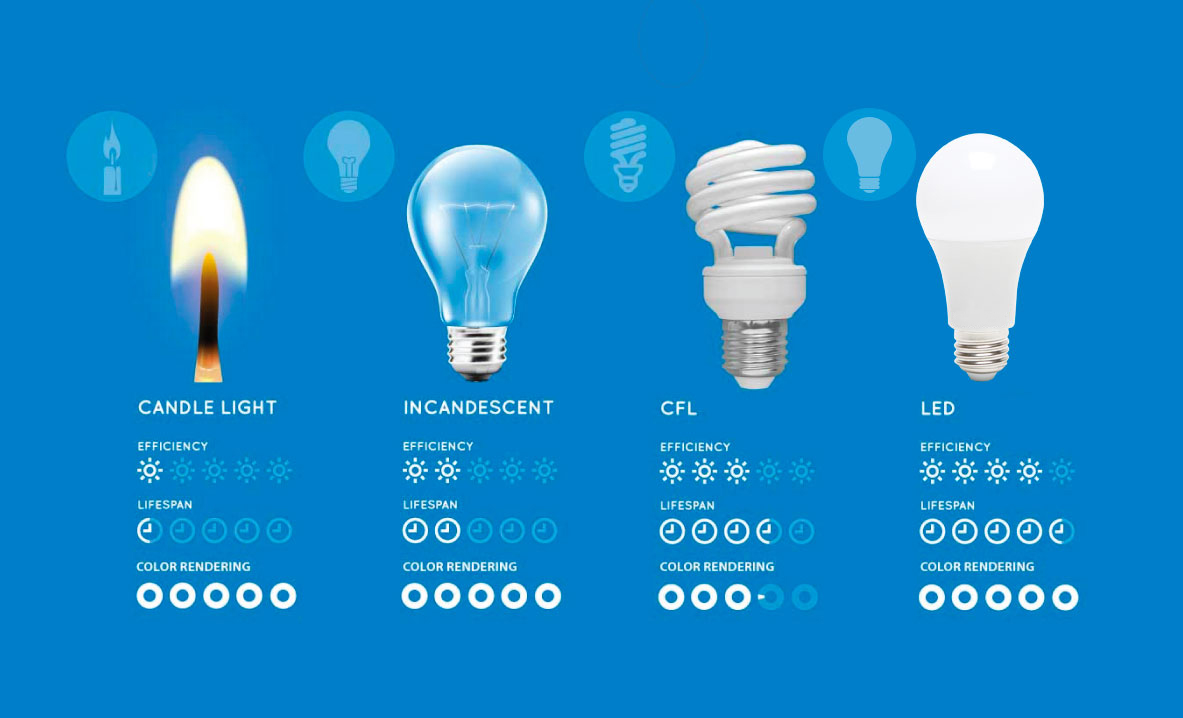
Choosing the right light bulb brightness and colour
Deciding what type of light you'd prefer can be sometimes confusing. All it comes down to is brightness, alternatively known as watts or lumen output; and the colour of the light, measured on the Kelvin scale.
Here is a quick explanation - Watts and lumens (brightness) In the past, when nearly everyone filled their homes with incandescent bulbs, brightness was measured in watts – which is actually a measure of power. Since the introduction of energy-saving bulbs, this is a less useful measure of brightness, as new bulbs use a lot less power to produce the same amount of light. So, instead, light output is measured in lumens. The higher the number of lumens, the brighter the light.
The chart below can be used to see equivalent watt and lumen output for old-style incandescent and the three types of energy-saving bulbs (LEDs, halogens and CFLs).
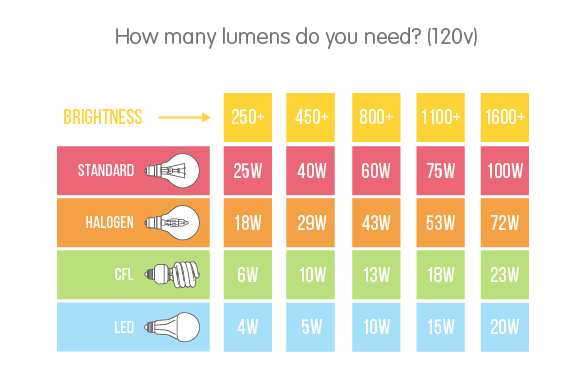
Kelvin scale (colour of light)
The colour of light is measured on the Kelvin scale, which is actually a measure of temperature. This is why light bulb manufacturers often refer to 'colour temperature' on the packaging. The numbers you see on the side of the bulb packet denote the colour of light that the bulb will emit. Most people have become used to the warm yellowy light given out by the old incandescent bulb, which is 2,700 on the Kelvin scale. Midday sunlight is about 5,500k, sunset or sunrise lighting is around 2,500k and a candle is around 1,600k.
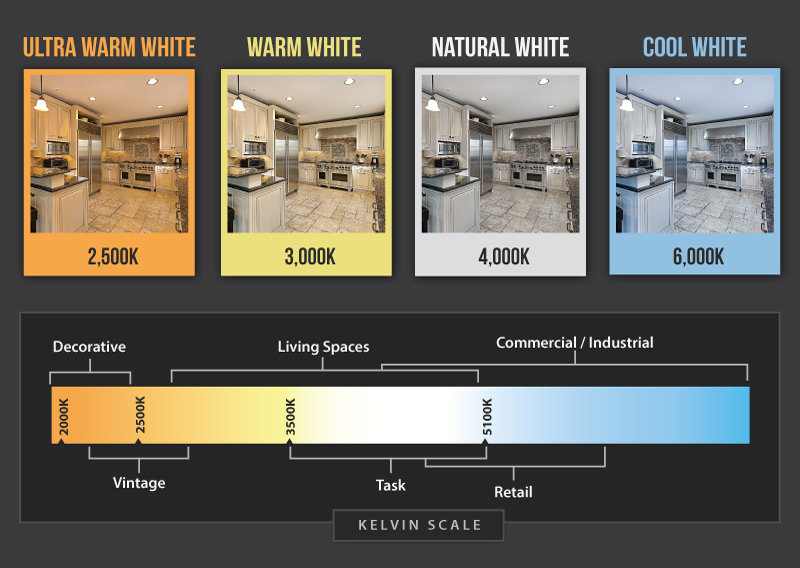
The colour of light can impact everything, from your mood to the colour of the vegetables on your chopping board, so it is important to get the colour of light that you prefer.
We generally use 2700K Warm Light
4000K Cool Light
6400K Day Light
CRI (colour rendering index)
Each bulb is given a CRI score, CRI stands for Colour Rendering Index and is a measure of the ability of a light source to accurately represent different colours. Simply it means, a bulb can alter the colour of objects. The image below shows the impact of CRI – the left-hand image is shot under light with a CRI value of 100, the image on the right is a CRI value of 80.

Traditional incandescent and halogen bulbs have a near perfect CRI and score in the high 90s. LEDs and CFLs are a little behind this and are more likely to have a CRI value in the mid 80s. 80 is considered an acceptable level, although like many things it comes down to personal preference.
As you can see in the images above, there are a few errors in the colours in the right-hand image. The carrots are not quite as orange, the work surface appears slightly cold and blue and the green is also a subtly different shade. A CRI score of 80 is still pretty accurate and suitable for most lighting situations, however if you want a light to pick out a particular work surface or perhaps even a painting, you may want to pick a light source with a high CRI value.
Find the best shape
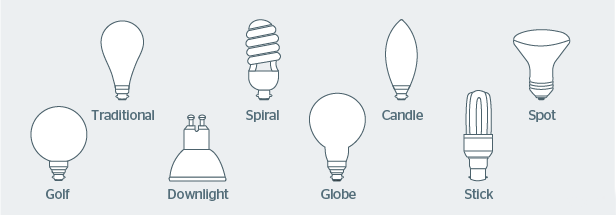
Each of the different shapes provides a slightly different spread and angle of light, from the almost 360-degree spread of a globe or golf bulb, to the narrow beam of a spotlight. The 'right' shape of the bulb and spread of the light is essentially down to your personal preference, but do consider how the bulbs will look when they are switched off as well as on, and whether they will fit sensibly in their chosen location. For example, you wouldn't want a large stick shape if it will protrude from the top of your bedside lamp.
